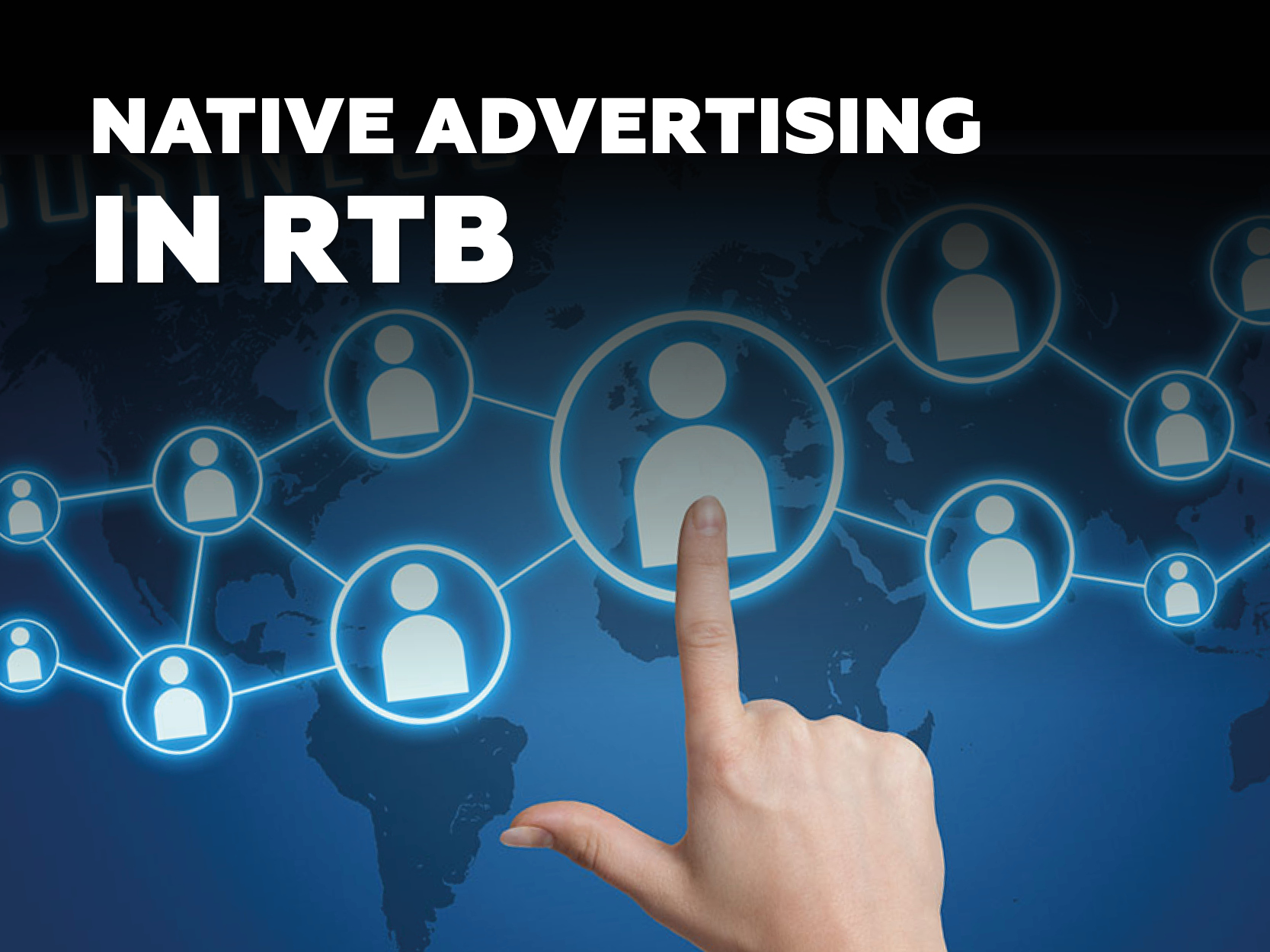Native Advertising in Real-Time Bidding

Last time we talked about how native advertising is used in different marketing channels online. Let’s remember all the advantages of using native advertising both for publishers and advertisers:
- Ads look as a part of the site content, so users do not identify it as a promoted content, and as a result – bounce rate reduces;
- Site features, interface and user’s interests are taken into consideration;
- Native ads have a better chance of viral spread in social networks;
- Native ads ensure a high level of engagement to overcome the users’ “banner blindness”;
- Native ads are hard to be blocked;
- A powerful tool to drive traffic to a website
And now we are going to cover the topic about native ads in RTB.
Native advertising in RTB, in fact, is the next evolutionary step in the development of programmatic marketing. This format combines the advantages of native and RTB-technologies. Once the request for displaying a native advertisement is sent to an ad serving system, providing native ad service in the RTB, there is the same process as when displaying banner ads:
- classification of the request at the most affordable options;
- collecting of more information about the user to exchange extensive targeting data;
- transfer of information about the request and a user to advertisers;
- analysis of bids offered by advertisers
- selection of the highest bid;
- transfer of an advertisement from the winner to the user’s browser.
As a result, an advertiser gets an opportunity to show his ads that are organically included in the content of a particular site, to a large number of users from the targeted audience, ie to people who match geography, gender, age, interests, and other indicators. Due to RTB, this process can be made automatically. For example, a banner is shown only to those users who have already seen the video or to those people who started to fill in the form on the site, but did not complete the process. In addition to this there is a little pleasant bonus that consists in the fact that advertising through RTB usually costs significantly less than the direct placement of online media.
According to iab.net, today in the world there are six formats of native ads, which can be placed through RTB:
- Content Wall – integration of ads in the content of the site;
- App Wall – advertising in the app store;
- News Feed – news intagration;
- Chat List – native advertising on the forum and in the chat;
- Carousel – advertising announcements in rotating blocks on the main page;
- Content Stream – advertising in the information flow;
- Grid Adjoining The Content – network of content blocks.
They all suit perfectly the content of the site and are in the user’s field of view. It is important that often in a RTB auction banners appear in the footer of a site where many users do not even see them. A native format solves the situation.
There are 3 necessary conditions for a full functioning of native advertising RTB :
- Readiness of the largest SSP (supply/sell side platforms – an advertising network of thousands of sites, through which each of them can sell inventory to the advertiser through RTB Protocol) to work with the native format ads;
- Readiness of a large amount of individual sites as a part of SSP to maintain the native ads standard on their sites;
- Readiness of DSP-platforms (demand side platform – automated purchasing system) to support native ad in RTB campaigns (DSP should use a new protocol – RTB 2.3).
Experts predict a bright future to a native advertising. Use AdNow to gain perfect results just now!


